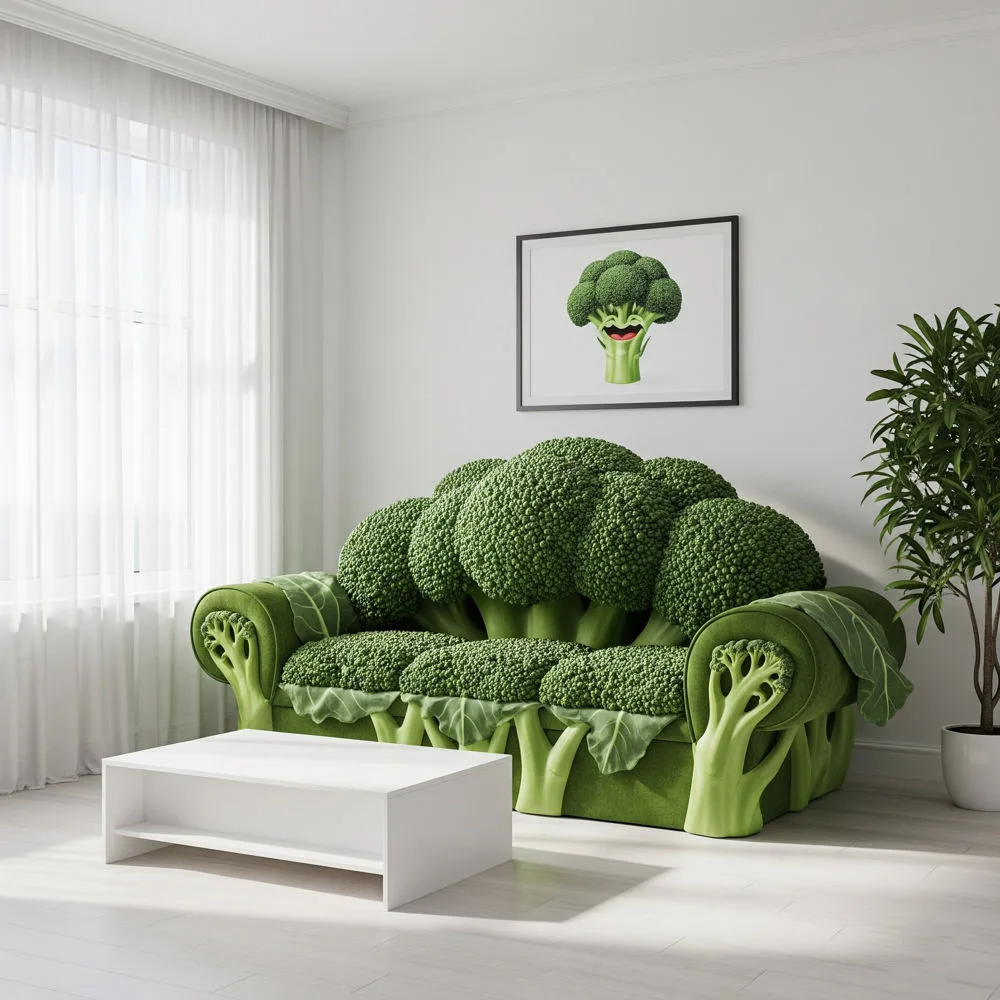The furniture industry is experiencing a remarkable transformation as consumers increasingly seek sustainable alternatives to traditional manufacturing methods. Among the most innovative developments in eco-friendly home furnishing is the emergence of vegetables sofas, a revolutionary concept that combines comfort, style, and environmental responsibility. These unique pieces represent more than just a trend; they embody a fundamental shift toward sustainable living and conscious consumption.
Vegetables sofas utilize various plant-based materials derived from agricultural byproducts, vegetable fibers, and innovative bio-materials that would otherwise go to waste. This groundbreaking approach to furniture design not only reduces environmental impact but also creates stunning, functional pieces that rival traditional sofas in both comfort and durability.
Understanding Vegetables Sofas and Their Composition
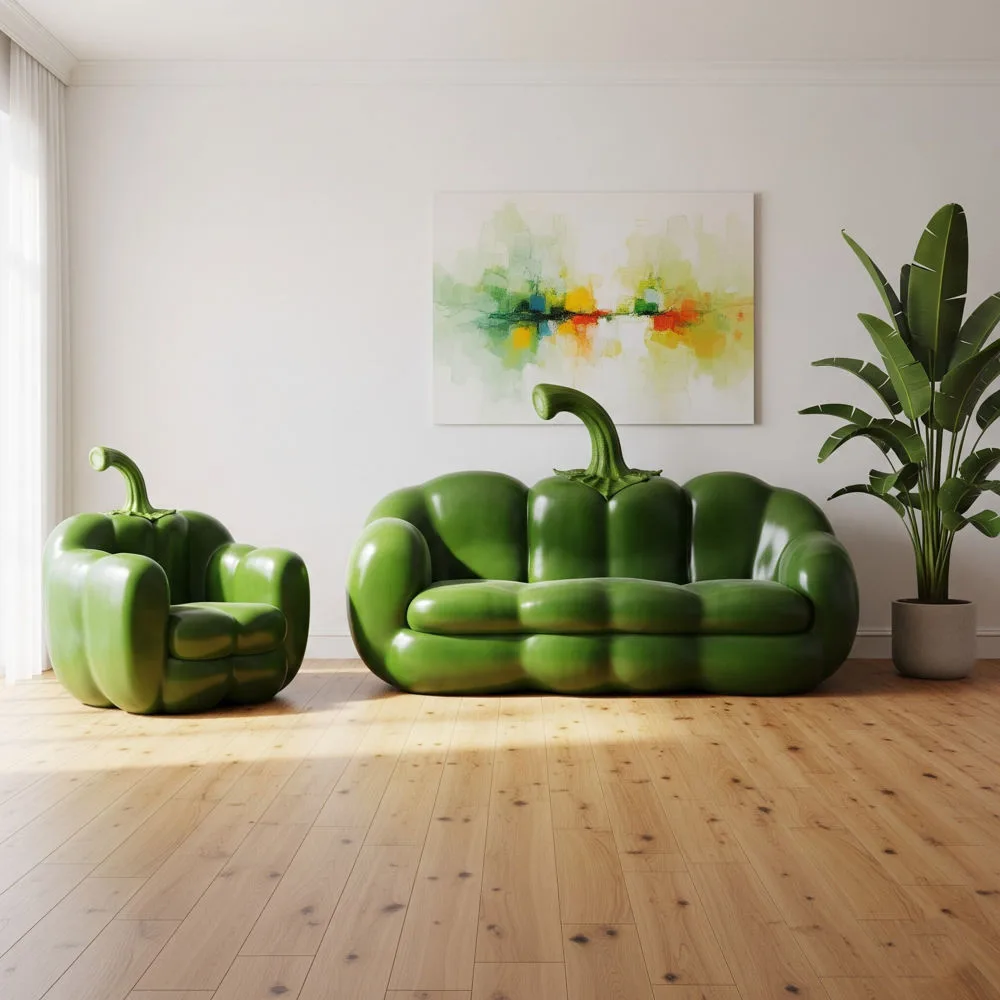
What Are Vegetables Sofas?
Vegetables sofas are innovative furniture pieces crafted using materials derived from various plant sources, including agricultural waste, vegetable fibers, and specially processed organic compounds. These sofas incorporate materials such as hemp, flax, coconut fiber, corn-based foams, soy-based cushioning, and even innovative materials made from mushroom mycelium or seaweed extracts.
The term encompasses a broad range of furniture that prioritizes plant-based components over synthetic materials or traditional animal-derived products. From the frame construction using bamboo or reclaimed wood to cushioning made from natural latex or vegetable-based foams, every component is carefully selected to minimize environmental impact while maximizing comfort and longevity.
The Science Behind Plant-Based Materials
The development of vegetables sofas relies on advanced material science that transforms ordinary plant matter into durable, comfortable furniture components. Researchers have discovered methods to process agricultural waste like corn husks, wheat stalks, and rice hulls into strong composite materials suitable for furniture frames and structural elements.
Innovative cushioning systems utilize materials such as natural latex derived from rubber trees, kapok fiber from tropical trees, and even specially treated coconut coir. These materials provide excellent support and comfort while maintaining breathability and temperature regulation properties that often surpass synthetic alternatives.
Environmental Benefits of Choosing Vegetables Sofas
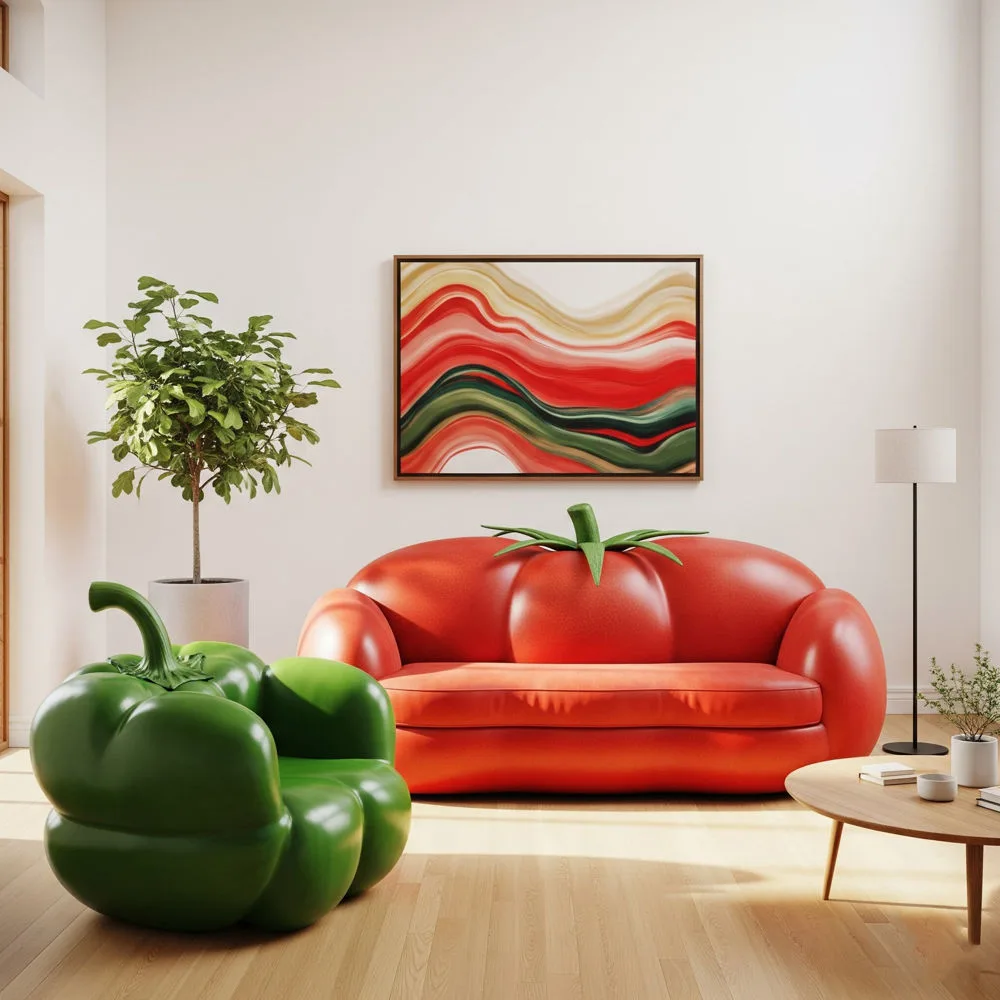
Reducing Carbon Footprint Through Sustainable Materials
Vegetables sofas offer significant environmental advantages over conventional furniture. The production process typically generates 60 to 80 percent fewer carbon emissions compared to traditional sofa manufacturing. This reduction comes from utilizing renewable plant materials that naturally sequester carbon during their growth phase, creating a net positive environmental impact.
The agricultural waste used in many vegetables sofas would otherwise decompose in landfills, releasing methane and other greenhouse gases. By transforming these materials into valuable furniture components, manufacturers create a circular economy that reduces waste while producing beautiful, functional pieces.
Biodegradability and End-of-Life Considerations
Unlike synthetic furniture that can persist in landfills for hundreds of years, vegetables sofas are designed with their entire lifecycle in mind. Most components are biodegradable or compostable, ensuring that when the furniture reaches the end of its useful life, it can return to the earth without causing long-term environmental damage.
This approach represents a fundamental shift from the linear “take, make, dispose” model to a circular system where materials flow continuously through production cycles. Many manufacturers now offer take-back programs, ensuring proper disposal or recycling of their vegetables sofas when replacement becomes necessary.
Design Innovation and Aesthetic Appeal
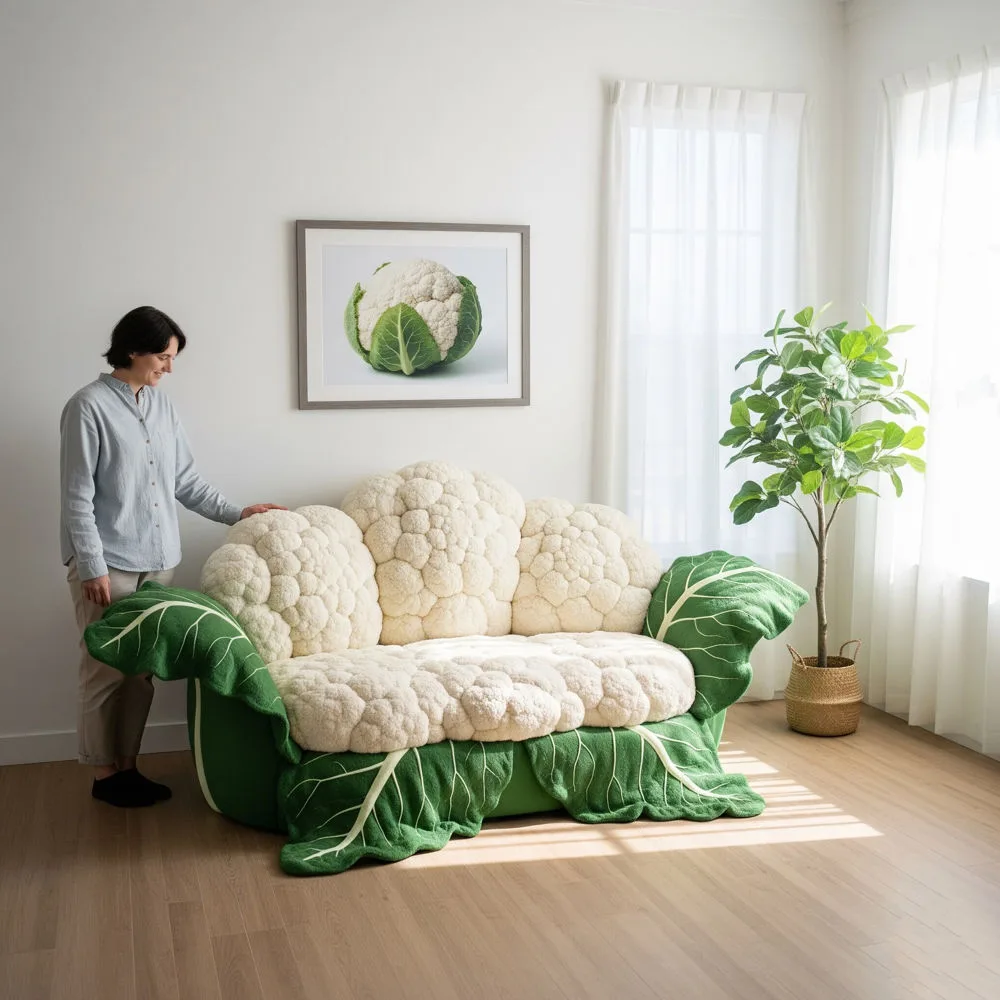
Contemporary Styles Meet Sustainable Materials
Modern vegetables sofas demonstrate that environmental responsibility does not require sacrificing style or comfort. Contemporary designers have embraced the unique properties of plant-based materials, creating pieces that showcase natural textures, colors, and patterns impossible to achieve with synthetic alternatives.
The organic nature of vegetable-derived materials allows for subtle variations in texture and appearance, ensuring that each piece possesses unique character while maintaining consistent quality and comfort. These natural variations create visual interest and authenticity that mass-produced synthetic furniture cannot replicate.
Customization Options and Personal Expression
Vegetables sofas offer extensive customization possibilities due to the versatility of plant-based materials. Natural dyes derived from vegetables, fruits, and other plant sources provide a wide spectrum of colors without the environmental impact of synthetic chemicals. Hemp and linen fabrics can be woven in countless patterns and textures, allowing homeowners to express their personal style while supporting sustainable practices.
Color Options from Nature’s Palette
The color possibilities for vegetables sofas extend far beyond traditional furniture options. Natural indigo creates deep blues, turmeric produces warm yellows, beetroot provides rich reds, and various plant extracts offer an entire spectrum of earth tones and vibrant hues. These natural colors often develop beautiful patinas over time, adding character and depth to the furniture.
Health Benefits of Plant-Based Furniture
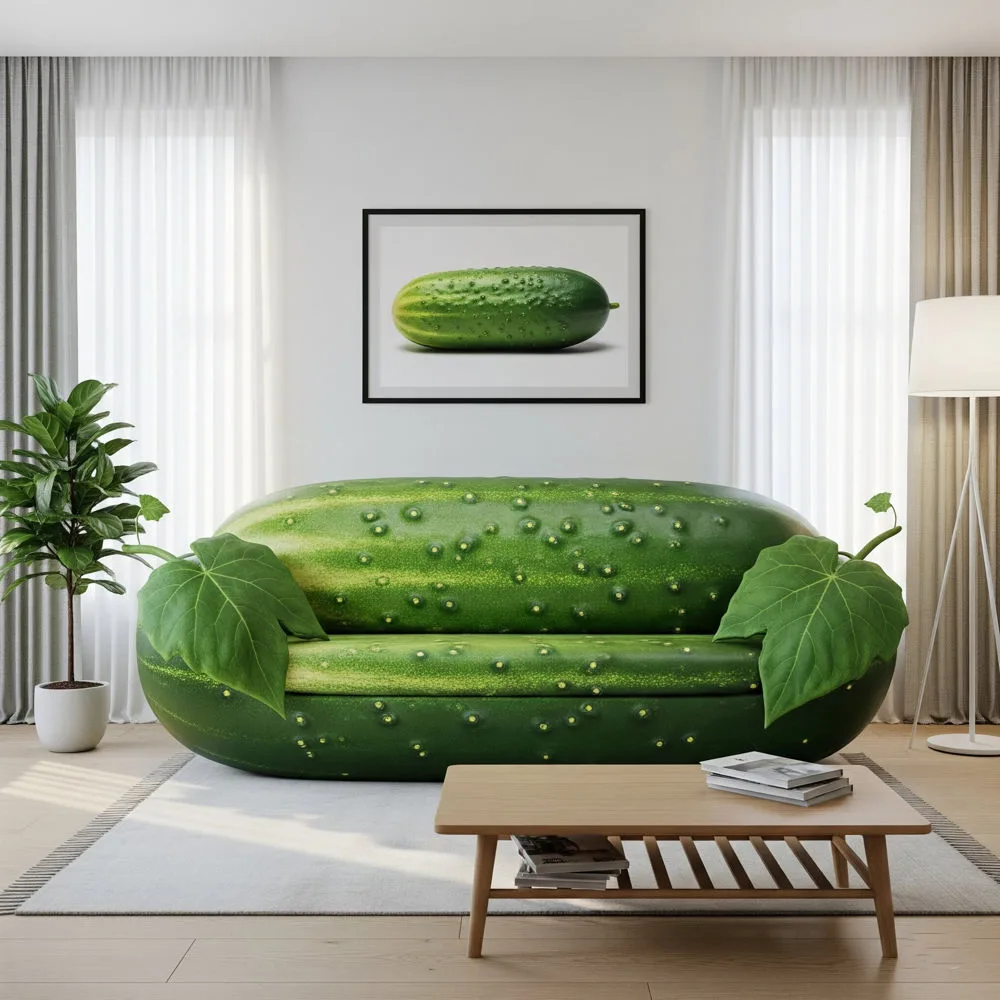
Improved Indoor Air Quality
Vegetables sofas contribute significantly to healthier indoor environments. Unlike conventional furniture that may off-gas volatile organic compounds (VOCs) from synthetic materials, adhesives, and chemical treatments, plant-based sofas typically emit minimal or no harmful chemicals. Natural materials like organic cotton, hemp, and wool actually help regulate humidity and can absorb airborne pollutants.
Many vegetables sofas feature naturally antimicrobial materials such as bamboo fiber and certain plant extracts that help maintain cleaner, fresher indoor air. This is particularly beneficial for individuals with allergies, asthma, or chemical sensitivities who may react to synthetic furniture materials.
Natural Temperature Regulation
Plant-based materials excel at temperature regulation, creating more comfortable seating experiences throughout the year. Natural latex and plant fiber cushioning systems provide excellent breathability, preventing the heat buildup common with synthetic foam cushions. Organic cotton and hemp upholstery fabrics naturally wick moisture and allow air circulation, maintaining comfortable surface temperatures.
Manufacturing Process and Quality Standards
Sustainable Production Methods
The manufacturing process for vegetables sofas emphasizes minimal environmental impact at every stage. Production facilities often utilize renewable energy sources, implement water recycling systems, and maintain zero-waste policies. Many manufacturers have achieved carbon-neutral production by offsetting emissions through reforestation programs and renewable energy investments.
Quality control in vegetables sofa production requires specialized knowledge of natural material properties and behaviors. Manufacturers must understand how different plant fibers respond to moisture, temperature changes, and mechanical stress to create durable, long-lasting furniture that meets or exceeds traditional quality standards.
Certifications and Industry Standards
Reputable vegetables sofa manufacturers pursue various certifications to validate their environmental and quality claims. Organizations like the Forest Stewardship Council (FSC), Global Organic Textile Standard (GOTS), and Cradle to Cradle certification provide independent verification of sustainable practices and material sourcing.
These certifications ensure that consumers receive authentic, high-quality vegetables sofas that meet stringent environmental and performance standards. They also provide transparency in the supply chain, allowing consumers to make informed decisions about their furniture purchases.
Cost Considerations and Value Proposition

Initial Investment vs Long-Term Value
While vegetables sofas may carry higher initial purchase prices compared to mass-produced conventional furniture, they often provide superior long-term value. The durability of high-quality plant-based materials, combined with timeless designs that do not quickly go out of style, results in furniture that maintains its beauty and functionality for decades.
The true cost of vegetables sofas becomes more attractive when considering the environmental and health benefits they provide. Improved indoor air quality, reduced environmental impact, and the satisfaction of supporting sustainable practices add significant intangible value that is difficult to quantify but meaningful to environmentally conscious consumers.
Market Trends and Accessibility
The growing demand for vegetables sofas has encouraged more manufacturers to enter the market, increasing competition and driving down prices. As production scales increase and manufacturing processes become more efficient, vegetables sofas are becoming increasingly accessible to mainstream consumers rather than remaining luxury items for environmentally committed early adopters.
Government incentives for sustainable manufacturing and consumer tax credits for eco-friendly purchases in some regions further improve the value proposition of vegetables sofas. These policies recognize the broader societal benefits of sustainable consumption and help offset the premium associated with environmentally responsible manufacturing.
Care and Maintenance of Vegetables Sofas
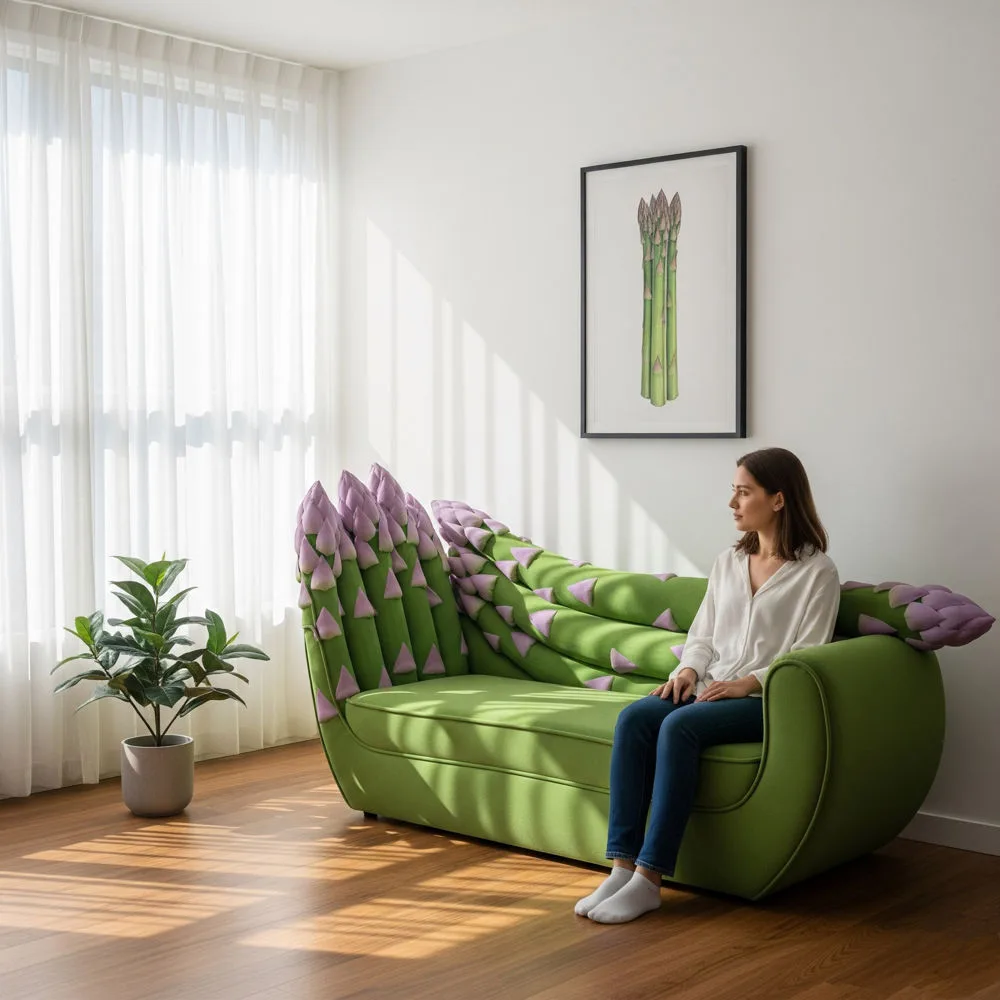
Natural Cleaning Methods
Maintaining vegetables sofas requires understanding the unique properties of natural materials. Most plant-based upholstery responds well to gentle, natural cleaning methods using mild soaps, vinegar solutions, or specialized organic cleaners. Regular vacuuming with appropriate attachments helps maintain the integrity of natural fibers while removing dust and debris.
Spot cleaning should be addressed promptly using blotting techniques rather than rubbing, which can damage natural fibers. Many vegetables sofas benefit from periodic conditioning with natural oils or treatments specifically formulated for plant-based materials.
Longevity and Durability Expectations
Well-constructed vegetables sofas can easily last 15 to 25 years or more with proper care, matching or exceeding the lifespan of conventional furniture. Natural materials often age gracefully, developing attractive patinas and becoming more comfortable over time. Regular rotation of cushions, protection from direct sunlight, and maintenance of appropriate humidity levels help ensure maximum longevity.
The modular design common in many vegetables sofas allows for component replacement or refurbishment, extending the furniture’s useful life even further. This approach aligns with sustainable principles by maximizing resource utilization and minimizing waste.
Future Innovations in Plant-Based Furniture
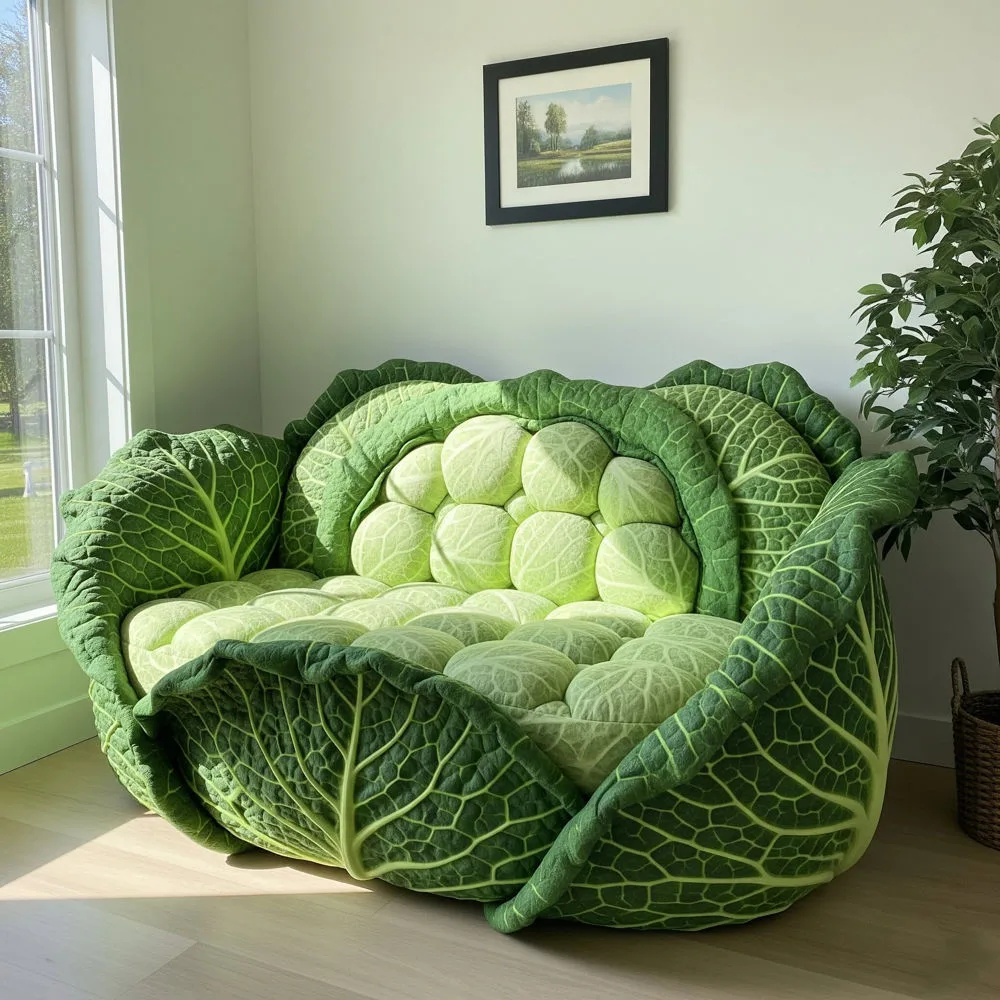
Emerging Technologies and Materials
The future of vegetables sofas looks incredibly promising as researchers continue developing new plant-based materials and production techniques. Innovations in bioengineering are creating stronger, more versatile plant fibers, while advances in natural polymer chemistry are producing new cushioning and structural materials with enhanced performance characteristics.
Emerging technologies include furniture made from rapidly renewable materials like bamboo composites, innovative applications of agricultural waste, and even furniture grown rather than manufactured using mycelium and other biological processes. These developments promise to make vegetables sofas even more sustainable, affordable, and performance-oriented.
Integration with Smart Home Technology
Modern vegetables sofas are beginning to incorporate smart home features while maintaining their sustainable credentials. Solar-powered USB charging stations, integrated lighting systems using LED technology, and even climate-responsive materials that adjust firmness based on temperature represent the convergence of sustainability and technology.
These innovations demonstrate that environmental responsibility and modern convenience can coexist, appealing to consumers who want the latest features without compromising their environmental values.
Embracing the Future of Sustainable Living
Vegetables sofas represent a paradigm shift in furniture design and manufacturing, proving that sustainability and luxury can coexist beautifully. These innovative pieces offer consumers the opportunity to create comfortable, stylish living spaces while supporting environmental stewardship and healthier indoor environments.
The growth of the vegetables sofa market reflects broader consumer awareness about the environmental impact of purchasing decisions and the desire to align lifestyle choices with personal values. As technology continues advancing and production scales increase, vegetables sofas will likely become the standard rather than the exception in eco-conscious homes.
By choosing vegetables sofas, consumers invest in furniture that tells a story of innovation, responsibility, and hope for a more sustainable future. These pieces serve as daily reminders that beautiful, functional design can emerge from renewable resources and thoughtful manufacturing practices. The revolution in plant-based furniture has only just begun, and vegetables sofas are leading the way toward a more sustainable and beautiful world.
The journey toward sustainable living begins with conscious choices about the products we bring into our homes. Vegetables sofas offer an excellent starting point for anyone looking to reduce their environmental footprint while enjoying exceptional comfort, style, and durability. As this innovative furniture category continues evolving, it promises to reshape our understanding of what furniture can be and how it can contribute to a healthier planet for future generations.

